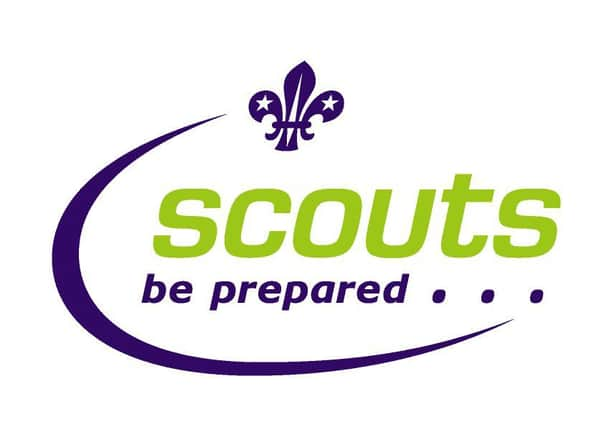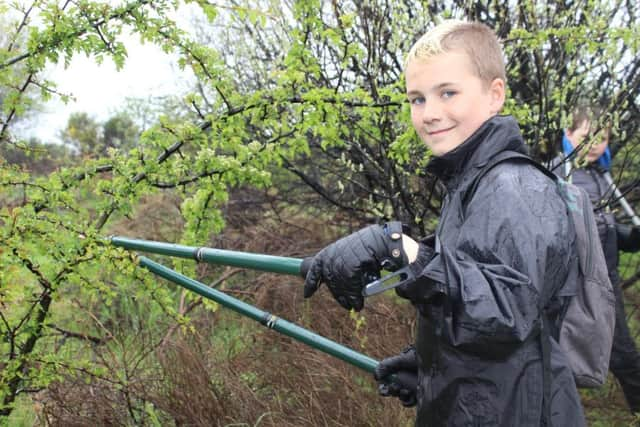Scouting: What's it all about?


I suppose I could have said: “Why not” or “just because” but it did get me thinking and it led to a long email detailing the whys and wherefores.
The neckie/necker is a practical as well colourful piece of kit. In the first instance it identifies you as a Scouting brother/sister and, secondly, when it is unrolled it is designed to be the perfect size for use as a triangular bandage for first aid.
Advertisement
Hide AdAdvertisement
Hide AdIts origin seems to be in our founder’s participation in the Second Matabele War in 1896 where he (Robert Baden-Powell) worked with an American-born scout employed by the British Army.


Baden-Powell copied his practical style of dress including “a grey-coloured handkerchief, loosely tied around the neck to prevent sunburn.” When Baden-Powell launched the Scout movement in 1908 he said a neckerchief or scarf should be part of the uniform.
Although they were initially tied in a variety of knots, our American cousins came up with the idea of a woggle and the idea spread.
Badges on the right arm identify our group, district, region, country and sixer/seconder, patrol leader/assistant PL.
Advertisement
Hide AdAdvertisement
Hide AdOn the right arm are the badges which are the truest representation of the member. These are gained through their determination, intelligence and ability and often worked on at home or school but frequently at their weekly meeting.


The right side of the chest is for challenge badges. Each badge is made up of several challenges, which can be achieved through certain staged/activity badges, others through actions taken at meetings or on outings.
The left side of the chest is for the World Membership Badge – worn by Scouts around the world.
The basic design of the emblem is used in all the 216 Scouting countries and territories. This emblem has been worn by an estimated 300 million former Scouts and is currently used by more than 28 million members. It is presented once we make our promise.
So next time you see a Beaver, Cub, Scout or Explorer take a moment to consider how hard they have worked.